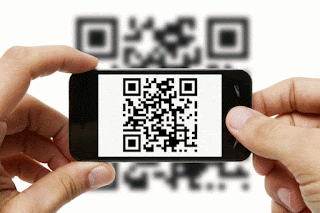

The examples above are examples of the different types of QR Code in their basic form, but there are ways you can make your QR Codes more exciting, and we have some great examples of people creating more artistic QR Codes here. Think about how useful this could be in an office for sharing a WiFi login with many users. Still easier then reading it out and typing it in. If its an Apple product on iOS (as of Feb 2017), then the QR Code scanner can't do this direct and will show the WiFi Key and SSID on screen for the user to copy and past into the iPhone WiFi setup wizard.

#SAFE QR CODE READER ANDROID#
If the scanner used is an app running on the Android operating system, then the app can input and connect directly to the WIFi network offering the best user experience. If you create a QR Code for your home WiFi, you can use it to very quickly connect a smartphone or tablet to your WiFi network, and more importantly give guests access to your network without having to read out the settings for them to input manually. WiFi keys are a very useful data type for everyday use. There are other data types available and clever uses for QR Codes, this includes using a QR Code to drive a facebook like or generate a tweet on Twitter. So there is a dependency on the reader and you should carry out your own testing and research at the time of your campaign to gauge the best approach. The hacker then can plant a small software (malware) in the user’s phone to track and collect their data. In addition, a lot of apps still struggle to read Frame QR Codes and Micro QR Codes. The QR code can be replaced by a malicious one (the simplest way is by physically pasting one code on top of another), which could lead the user to a fake website that is similar looking to the original website.

For example the “Barcode Scanner” app on Google Android back in 2009 would not decode all "Calendar Event" types. It's important to note that not all data types are supported by all barcode scanners.


 0 kommentar(er)
0 kommentar(er)
